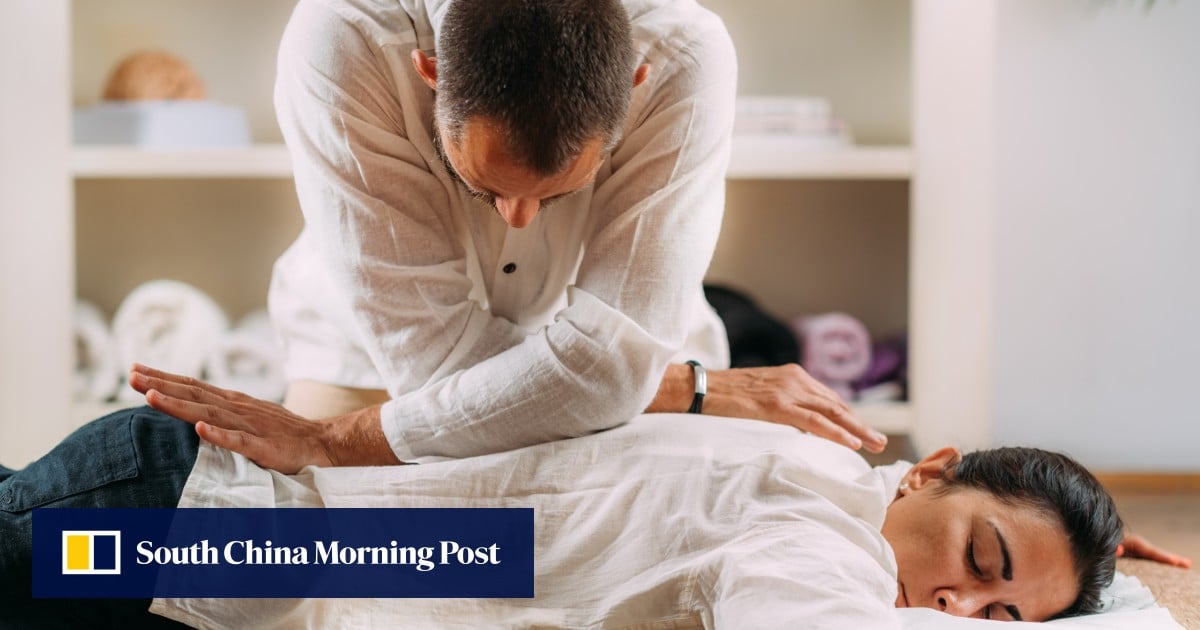While shiatsu, a type of Japanese massage often performed by blind masseuses, is a relatively modern massage technique, it has roots that stretch back thousands of years to China’s tui na style.
Tui na was introduced to Japan around AD700. Its impact was immediate, with the study of massage becoming part of the core curriculum for all medical students in Japan in AD702.
In the early 14th century, doctor and therapist Akashi Kan Ichi developed a practice based on tui na called anma that involved more recreational and relaxing massage techniques, as opposed to the therapeutic approach of tui na.
Some 300 years later, in the 1600s, acupuncturist and doctor Sugiyama Waichi further popularised anma, tailoring it towards pain relief. Since Sugiyama was blind, blind massage therapists became the preferred practitioners of the technique for the next few hundred years – in fact, for a long time, sighted people were not allowed to practice it.

Shiatsu, which means “finger pressure” in Japanese, developed in the early 20th century. Based on the principles of anma, it also incorporates other practices, including Western massage techniques.
While being blind is no longer a prerequisite to practise shiatsu, this form of massage is highly regulated to preserve the purity of this cultural heritage.
Practitioners need to be fully licenced to conduct shiatsu massages on clients, says Masako Kasahara, spa manager at The Tokyo Edition Toranomon hotel.
“It is not permitted to use the word ‘shiatsu’ on spa menus when non-certified therapists perform it,” she says.
While having been instructed, but not licensed, in shiatsu, Kasahara has been trained in many disciplines for her job, including deep tissue massage, Swedish massage and Balinese massage.
Just as in mixed martial arts, in which some styles are better for kicks and others better for punches, Kasahara combines features from these different types of massage to meet her clients’ needs.
“Every method has different features or goals,” she says. “For example, deep tissue and shiatsu are techniques that can be expected to release tension. Lomi lomi and Balinese are techniques that are used to drain. Reflexology and aromatherapy are techniques used to balance the energies.
“Using a combination of various techniques helps to achieve synergistic effects and maximise effectiveness. This holistic approach allows us to address the needs effectively and improve the entire body condition.”

Depending on the client’s condition, the massage can be tailored to relieve different pains and tensions.
“Since each body part is mutually interacting in balance, it is most effective to approach the entire body to improve the ailment, not only that specific area,” Kasahara says.
“We ask questions about the guest’s lifestyle as well, and it helps us to tailor-make the treatment for the best result because everyday lifestyle heavily affects the body condition.
“Understanding the root cause and explaining it to the guest is important not only to propose the best approach but also it helps to increase guest satisfaction. We also advise for home care after the treatment.”
Could this all be the next step in the evolution of Japanese massage?

